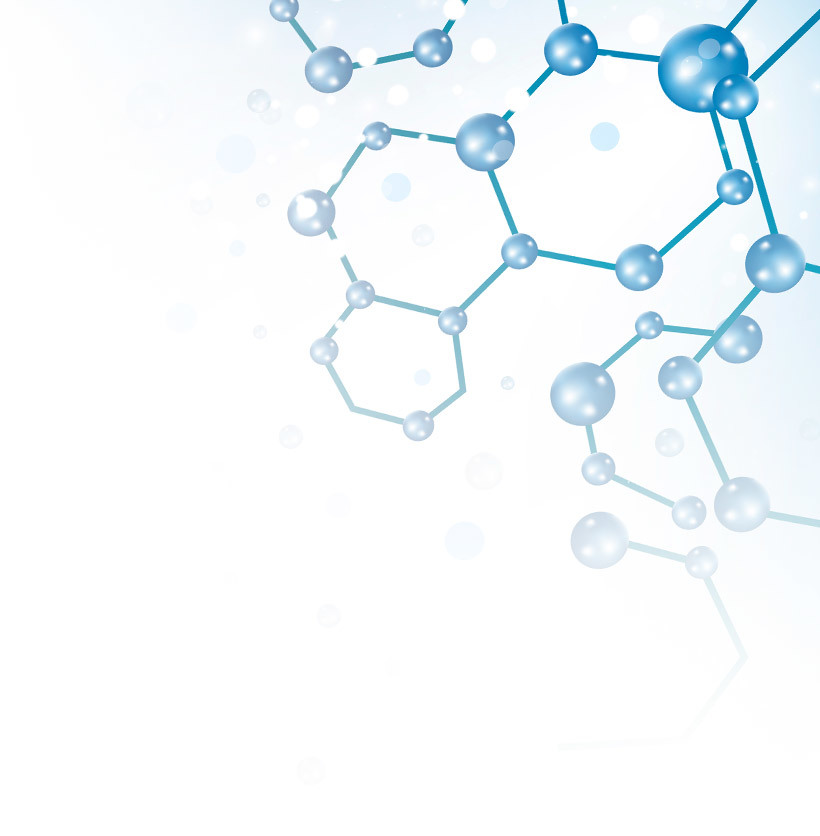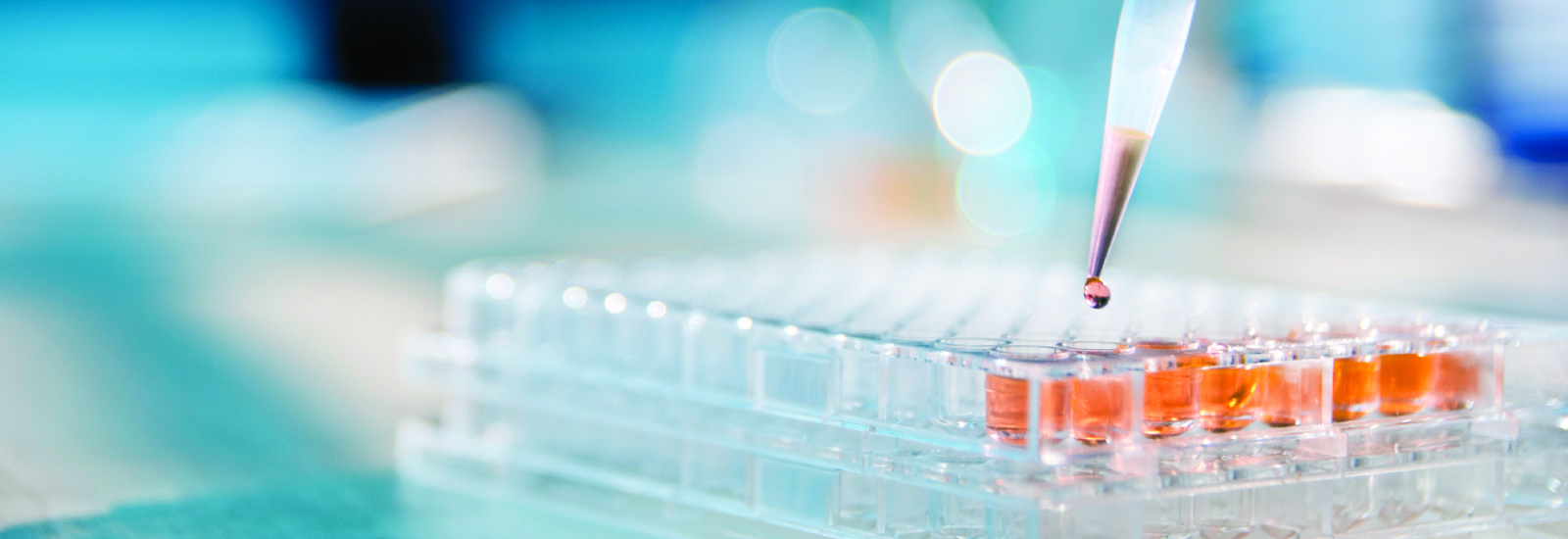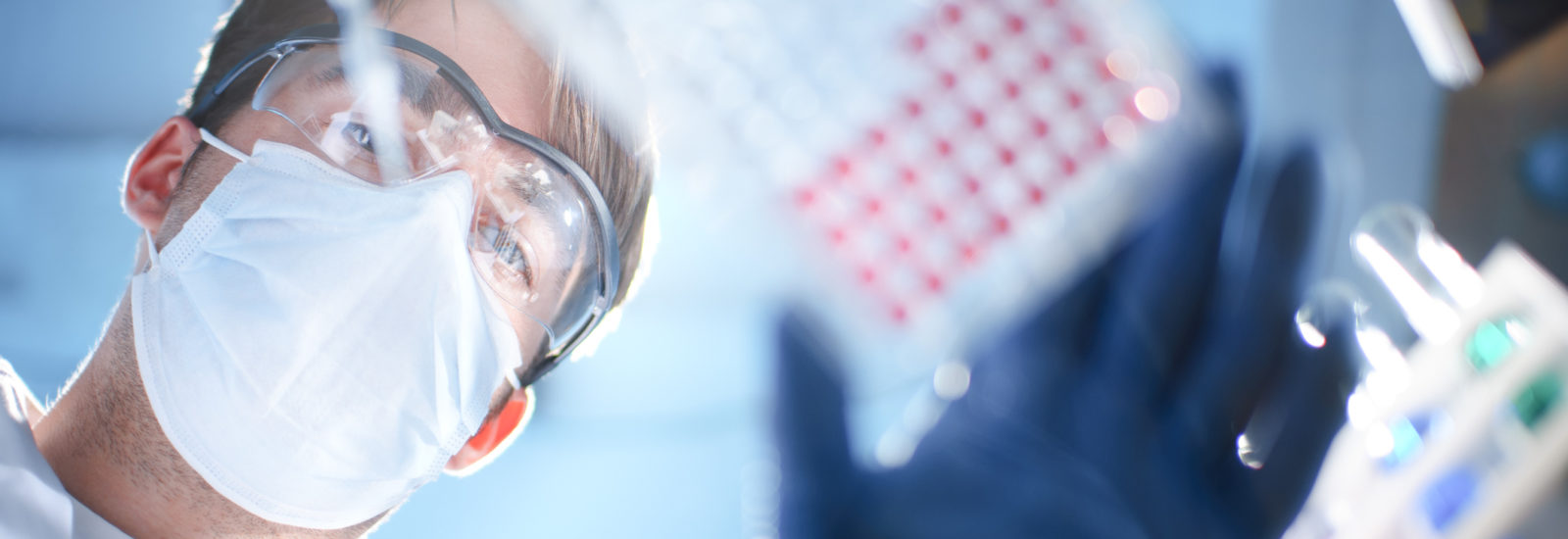

FAQ: Using Plateable Hepatocytes in In Vitro Assays
- Test Systems & Methods
- December 13, 2022
- Halee McElhaney, Lucy Fahler
Plateable hepatocytes are often used for induction studies and to research metabolism, biochemistry, virology, host/pathogen interactions, and cell biology. Here, XenoTech hepatocyte expert, Halee McElhaney, answers frequently asked questions about working with plateable hepatocytes, discusses common reasons why hepatocyte plating fails, and describes helpful techniques that will improve the performance of your plated hepatocytes in your in vitro assays.
What do you consider an attaching lot?
All hepatocyte lots undergo rigorous testing to examine attachment characteristics. Once those characteristics are determined, we determine optimized seeding density, characterize enzyme activity rates, and provide our clients with mRNA and enzymatic induction rates. To qualify as attaching, cells must form a monolayer that is at least 85% confluent and last through a 3-day induction assay, although the cells will generally survive much longer in culture.
How do I choose which species to use?
Hepatocytes from small, common laboratory animals generally have similar activity between lots. However, human donors differ greatly from one another. That’s why CryostaX® pools are customizable, and we can help you find the ideal donor(s) for your research.
What are CryostaX® hepatocytes?
CryostaX® hepatocytes are isolated quickly and cryopreserved in a unique pellet format. This format allows for simplified, less variable hepatocyte thaws, and gives us the capability to easily customize viable cell yield per vial and quickly create bespoke, customer-defined hepatocyte pools… all without custom product pricing.
The CryostaX® technology allows us to modify the characteristics of the cryopreserved hepatocytes without having to subject the cells to damaging additional freeze/thaw cycles that would otherwise be required. Each CryostaX® lot is also tested to optimize seeding density for different well formats and comes with an assured minimum yield, or guaranteed number of cells per vial. We do numerous test thaws to ensure that each lot meets that yield. The results of these tests are included on our product data sheets. You can use these results to determine how many vials you need.
CryostaX® pellets eliminate the need for a water bath during the thaw process. A common mistake with hepatocyte thawing is keeping cells in the water bath for too long, which can greatly impact your yield and viability. By eliminating this step, you have a greater chance of successful and reproducible thaws.
How crucial is an accurate cell count?
Accurate and repeatable cell counts are essential for successful cultures. Both overseeding and underseeding can lead to under-confluent cultures and experimental variability. Being consistent with your technique can help ensure your counts are as accurate as possible. Because hepatocytes settle very quickly, cells should be resuspended thoroughly and often, ensuring they’re completely mixed before removing your sample to count. Although hepatocytes should never be vortexed, it’s important to keep your cells resuspended throughout the process. The cell count samples should be taken from the middle of your cell suspension. This ensures that you do not get a pocket of denser/settled cells included that would incorrectly elevate your count.
We suggest lowering your pipette tip to the bottom of the tube, then raising it slightly to take your sample from near the middle.
When adding the cell suspension to your counting solution, the pipette tip should barely touch the surface. This way, cells on the outside of the pipette tip are not included in your cell count.
Do not pipette up and down to mix your sample, as this can shear your hepatocytes and lower your viability. Instead, gently rock your sample back and forth before adding it to the hemocytometer. These best practices will help ensure an accurate cell count.
How long can my cells sit before I plate them?
It’s a good rule of thumb to plate your cells within 30 minutes of thawing. It is helpful to label your plates and tubes before removing your vial from cryostorage. We also recommend that all media is warmed to 37° Celsius prior to plating. However, it is not necessary to keep your cells and media in a warmer throughout the counting process; room temperature conditions are fine.
Why do I have to wait one day to overlay rat hepatocytes?
While most species have an overlay period of two to four hours post plating, rat hepatocyte overlay requires a delay. This is because rat hepatocytes have a natural gapping pattern that can make your cultures appear under-confluent. Waiting one day to overlay gives the cells a greater opportunity to flatten and form a confluent monolayer.
OptiMatrix overlay helps hepatocytes regain polarity in a sandwich culture, form canalicular networks and retain their morphology and monolayer throughout the culture period.
My 48- and 96-well cultures aren’t working. What am I doing wrong?
48-well and 96-well plates are more difficult to culture because of their small well size. Seeding for these plates should be done slowly so that cells are gently added to the wells. Seeding too quickly can cause gaps in confluency. To reduce well-to-well variability in these formats, we recommend using the reverse pipetting method. This means lowering your pipette to the second stop before pulling up any cell suspension. When dispensing your cells, only go to the first stop. This prevents air bubbles from being introduced into your wells. Air bubbles can disrupt monolayer formation in a 96-well plate, making entire wells unusable.
We also recommend using manual multichannel pipettes. If you do use electronic multichannel pipettes, turn the speed down and only dispense half a plate at a time. This prevents cells from settling in the pipette tips, which leads to an uneven distribution of cells in the wells.
Repeaters, set at a low speed, should be reserved for larger-volume well formats.
We understand that hepatocytes are often tricky to work with, but we hope you find this information helpful. We invite you to subscribe to our newsletter and follow us on social media for more best practices. And feel free to contact us to discuss your specific study, test system or consulting needs.
About the Authors
Related Posts
Which Hepatocytes Should I Use for What Studies?
Why Switch to Hepatocyte Pellets?
How to Choose the Right Test Systems for Your DMPK Studies
Subscribe to our Newsletter
Stay up to date with our news, events and research

Do you have a question or a request for upcoming blog content?
We love to get your feedback
